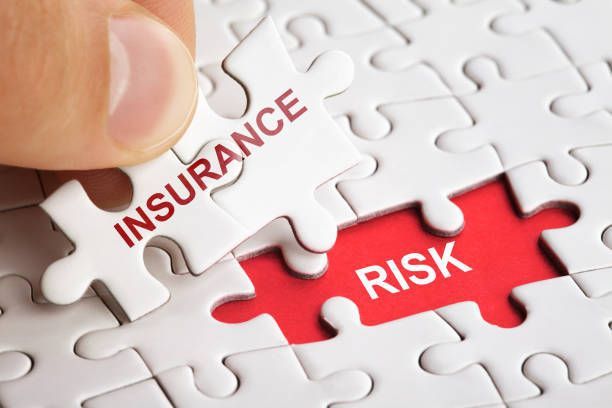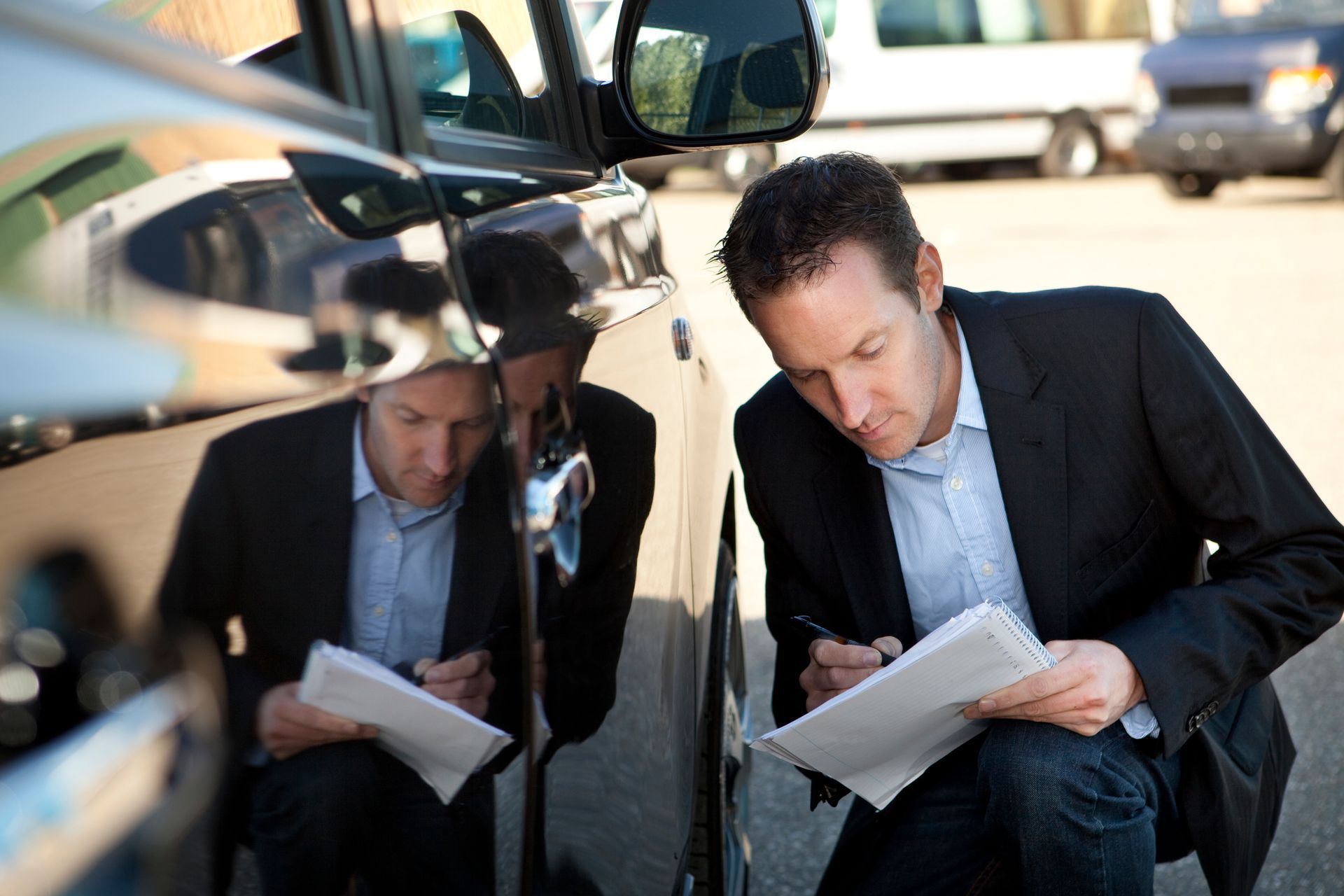Auto Insurance Rate Factors | Accredited Insurance Group Inc
As a car owner, you may not fully understand how your insurance provider calculates the cost of your insurance coverage. But knowing what factors affect your premium rates is a good place to start.
Generally, the more the risk involved, the higher the premium rates for specific coverage. However, every insurance firm has its own way of performing risk assessment — hence the different prices for the same coverage. These four factors hold a lot of weight when setting insurance premium rates across the board. To learn about other factors insurance companies also consider, look at this
blog post
.
1. Type of Car
Some car models attract less expensive premium rates than others, mostly because of their safety and risk levels. Generally, your auto insurance provider may give you a discount if your vehicle has solid safety ratings. Safer cars are less likely to have costly claims that your insurance company would have to settle in case of an accident.
Your auto insurance company will also use statistics to determine the likelihood of theft of your specific car model. For instance, the Ford full-size pickup may be more expensive to cover since it has the highest theft rates in the U.S.
Also, your insurance agent will consider the make of your car by first going over previous claims. The cumulative repair costs for similar cars they may have covered in the past will have a considerable impact on how much you'll pay as a premium.
2. Previous Driving Record
Premium rates are highly dependent on your history as a driver, including major traffic violations and accidents that you may have caused. As such, your insurance company might look through your driving record, going back a few years.
If you've had several traffic tickets or have previously been at fault for an auto accident, you're likely to pay higher premiums. Also, a DUI conviction can significantly affect your driving record — and by extension, your insurance rates. A clean record will get you off the hook, and you'll pay less for your auto insurance coverage.
3. Location
You could pay less for auto insurance if you live in a relatively rural area, but more if in a metropolitan region. Metro areas are densely populated, and so, the risk of vehicle collisions is much higher.
Additionally, areas known to have high rates of car theft and vandalism may attract higher car insurance premiums. Your insurer uses theft statistics to assess the amount of risk in covering your vehicle in that region.
Also, state regulations may have some effect on insurance pricing. For instance, in Nebraska , every car owner is required to have mandatory liability insurance amounting to a maximum of $50,000. In Michigan, state laws dictate that car owners may take out an unlimited personal injury protection coverage. Therefore, your insurance premiums will usually be higher in Michigan than in Nebraska because of the unlimited clause in your policy.
4. Choice of Coverage
Different types of insurance policies have different limits and levels of coverage. For instance, a full-coverage policy is generally costlier than other lower-level coverage.
A full-coverage policy may include collision and comprehensive coverage options that protect you if your car is vandalized, stolen, or involved in an accident. Because this coverage accommodates several different risks, its premium costs are higher. Other coverages such as personal injury protection or uninsured motorist coverage only handle a specific risk and are relatively cheaper.
Although your type of coverage can affect insurance premiums, be careful not to cut corners just to pay less. Go over your options and determine the best coverage that suits your needs. Our experienced agents at Accredited Insurance Group Incorporated can help you understand the scope and limits of your preferred type of coverage.
















